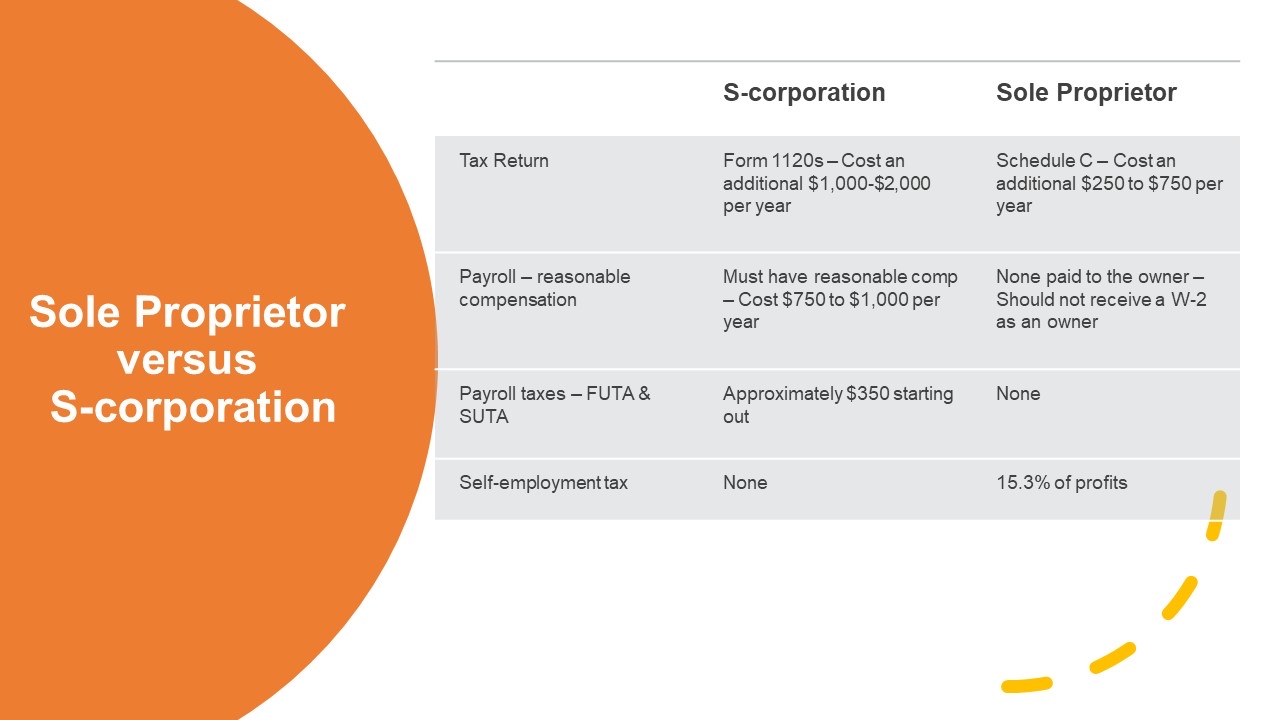Update: How to File the Employee Retention Credit with 2022 Returns
Did you know you can still claim the Employee Retention Credit if certain qualifications are met? But there is a limited window to save. If you are a small business owner, this overview of how to file the Employee Retention Credit with 2022 returns is a must-read.
What is the Employee Retention Credit?
Before we talk about how to file the Employee Retention Credit with 2022 returns, let’s first review what that is. The credit applies to wages and benefits distributed between March 13, 2020, and September 30, 2021.
To summarize, eligible businesses must meet specific qualifications. For instance, did your business have to partially or fully shut down due to the COVID-19 pandemic? Did your business experience a major decline in gross receipts in 2020 or the first three quarters of 2021?
Other qualifications could include that your supply and vendor chains were affected by the pandemic, the number of services you could provide were limited, business travel and on-site client visits were limited, or your business hours were altered.
What can your business claim?
Looking back, your business can retroactively claim up to 50 percent of the wages paid to full-time employees in 2020 and 70 percent in 2021.
As a tax credit, it is deducted from taxes owed and is refundable.
How to claim the Employee Retention Credit
Qualified business owners should file an amended payroll tax return to claim the credit. The filing must be completed within three years of the initial filing date. To clarify, you can claim 2020 expenses until April 15, 2024. The deadline to claim 2021 expenses is April 15, 2025.
The tax credit needs to be filed using Form 941-X. It can be submitted the month after each fiscal quarter. Or, it can be added as an amendment for under or over reporting estimates on your federal returns.
Summary
Another good way to find out how to file the Employee Retention Credit with 2022 returns is by working with a trusted tax professional like Todd Greene. Eliminate the guesswork and confusion by working closely with professionals who can help guide you through the process. Contact us to schedule a free consultation. In the meantime, continue reading our blogs for more industry news and tax prep tips!











